Mall Owners Troubled but Unsurprised by Anchor Closures
Despite the sobering picture created by a long list of struggling retailers, the current disruption also reflects well-known retail cycles.
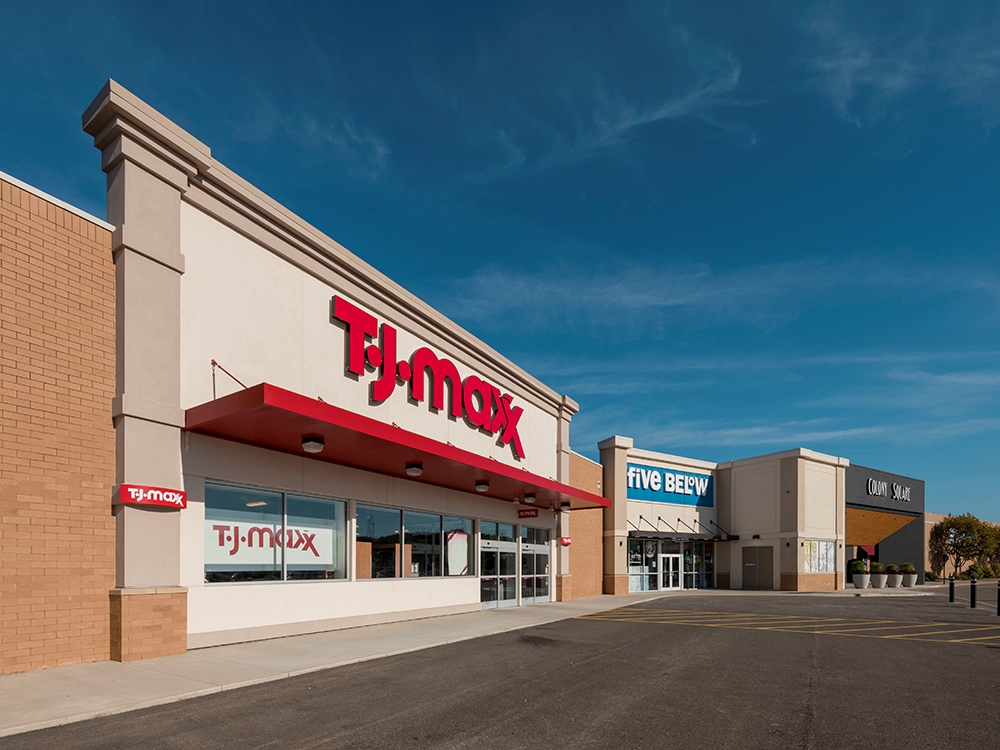
T.J. Maxx and Five Below at Colony Square in Zanesville, OH replaced an Old Navy store and the combined space of several smaller tenants. Photo courtesy of Time Equities
The tally of retailers currently in deep trouble is sizable: J. Crew, Neiman Marcus, Lord & Taylor, J.C. Penney, Macy’s, and The Gap. Less-prominent chains like Stage Stores—Bealls, Gordmans, Goody’s—Bose and Modell’s Sporting Goods are also dwindling.
Yet, evidence suggests that mall owners are not in panic mode and that this retail upheaval—though not entirely painless for mall owners —is part of a larger picture in which retailers come and go without disaster.
READ ALSO: Retail’s Reemergence: ‘Adapt, Evolve, Innovate or Perish’
Experts say what’s likely making things worse now is the extent to which the U.S. is over-retailed, according to Greg Maloney, the president & CEO of JLL Americas Retail. Maloney said the U.S. has been over-retailed for his entire 27-year career, with expansion continuing pell-mell until 10 or 12 years ago. Though not every market is over-retailed, he says, “most department stores are going down.”
As for the current wave of store closings, landlords will cope just as they did with the Sears store closings. Often, Maloney explained, long before an anchor closes, the mall owner already has a plan, and besides that, depending on circumstances, closures can take 12 to 18 months.
Solutions, he explains, can start large or small. One simple fix he likes is to put a play area for children near a closed anchor, which helps support the smaller retailers there.
On the large side of the balance, at the Santa Rosa Mall in Mary Esther, Fla., a site vacated by Belk in 2014 is being redeveloped into 239 luxury apartment units. Roughly 60 percent of a subsequent Sears vacancy will be filled once Absolute Storage moves into the area formerly occupied by the loading docks and auto bays. And the self storage location should appeal to all those renters.
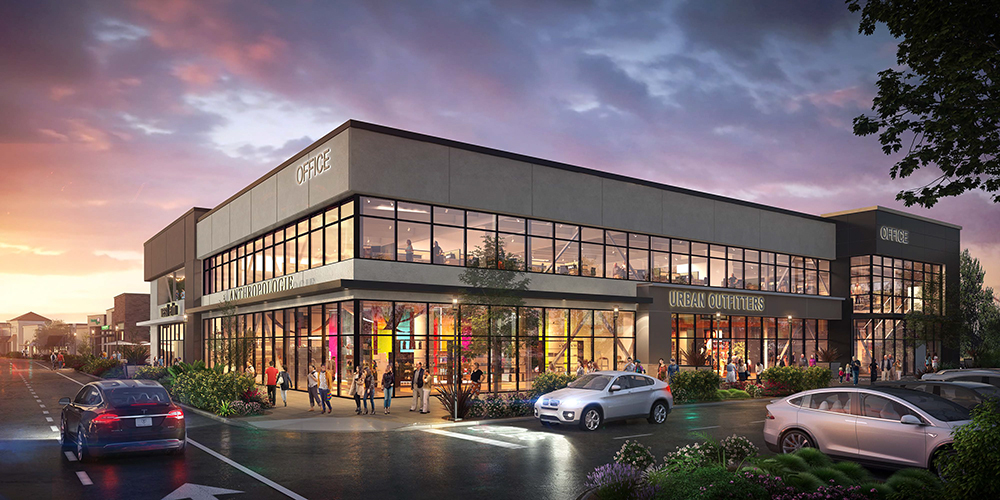
West Elm, Anthropologie and Urban Outfitters will take possession of the first-floor space of the former Macy’s next year, and the second floor will be office space. Photo courtesy of JLL
An ongoing process
Replacing anchors, therefore, has become a part of doing business for retail owners and brokers. “Every night I go to sleep thinking about who’s not going to survive tomorrow,” said Ami Ziff, the director of national retail for Time Equities.
He and his colleagues, he added, stay especially alert regarding retailers taken over by private equity. Time has tenants now in bankruptcy whose spaces the company began quietly marketing months ago.
Even at good locations, retailers come and go, Ziff noted, and older centers have often seen a 100 percent turnover of anchors.
He points to Foothills Mall, in metro Knoxville, Tenn., which was originally anchored by regional department store chains Miller’s and Proffitt’s, along with J.C. Penney and Sears. Its current anchors are Belk, an AMC movie theater, a furniture store, a T.J. Maxx—that replaced small-store spaces—and J.C. Penney, which is closing this fall.
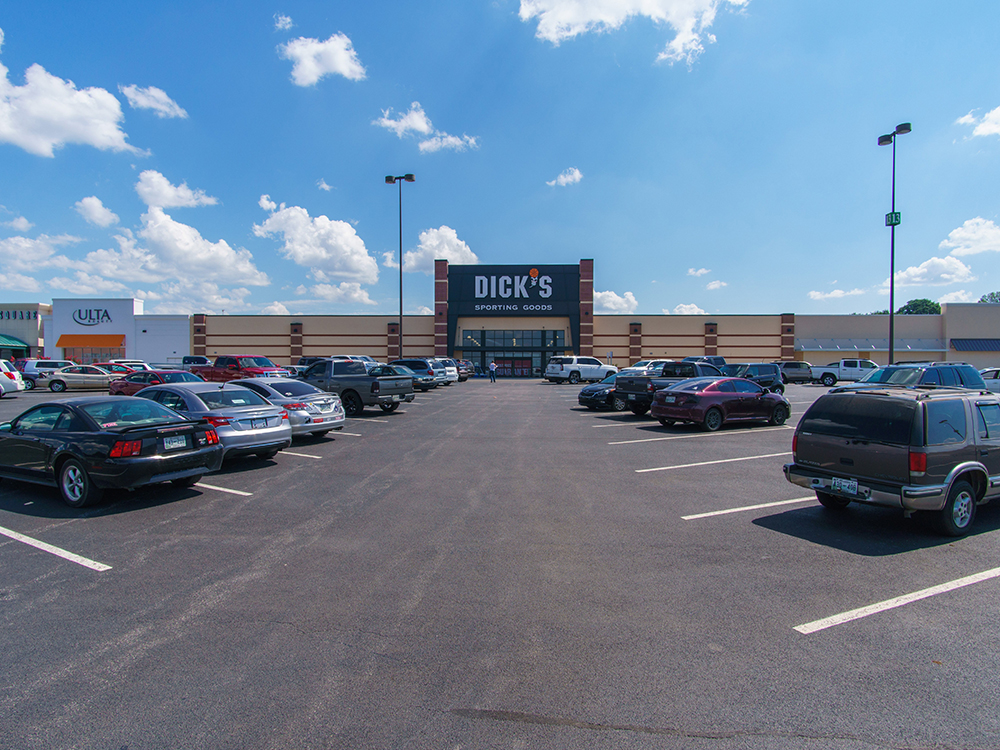
At College Square Mall in Morristown, Tenn., Dick’s Sporting Goods and Ulta Beauty replaced a J.C. Penney. Photo courtesy of Time Equities
Still, Ziff says, when an anchor leaves, “your options sometimes are limited.” For spaces of 100,000 square feet and more, he estimates there could be maybe two dozen potential tenants that might take the entire space and are expanding, minus those that are already in that market.
“We very often break up huge spaces,” Ziff says, though this can be expensive. “To cut up a big-box space can easily cost $75 per square foot.” And that cost is helping to make the shopping center business more capital-intensive now.
One bright spot, according to Ziff, is the trend of Millennials valuing experiences over goods, which makes trampoline parks, such as Mall Jump, and other entertainment venues viable tenants. “Experiential tenants are great at driving traffic.”
Sector Insights rotates among office/medical office, industrial, retail, multifamily, self storage and hotel/hospitality.
You’ll find more on this topic in the CPE-MHN 2020 Midyear Update.


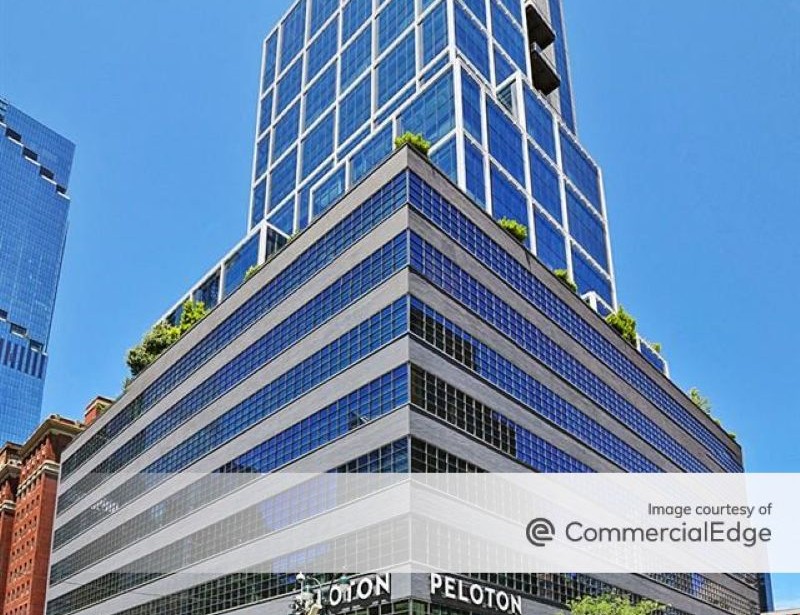

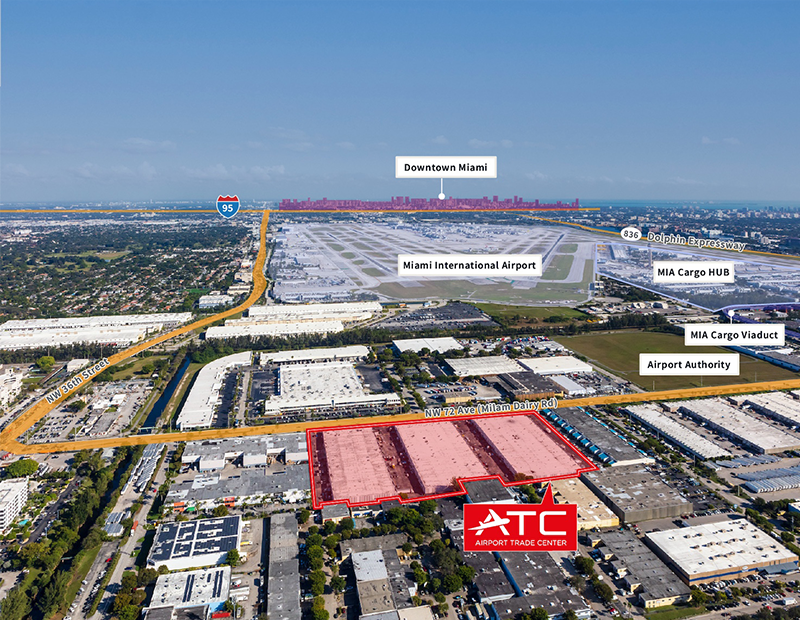



You must be logged in to post a comment.